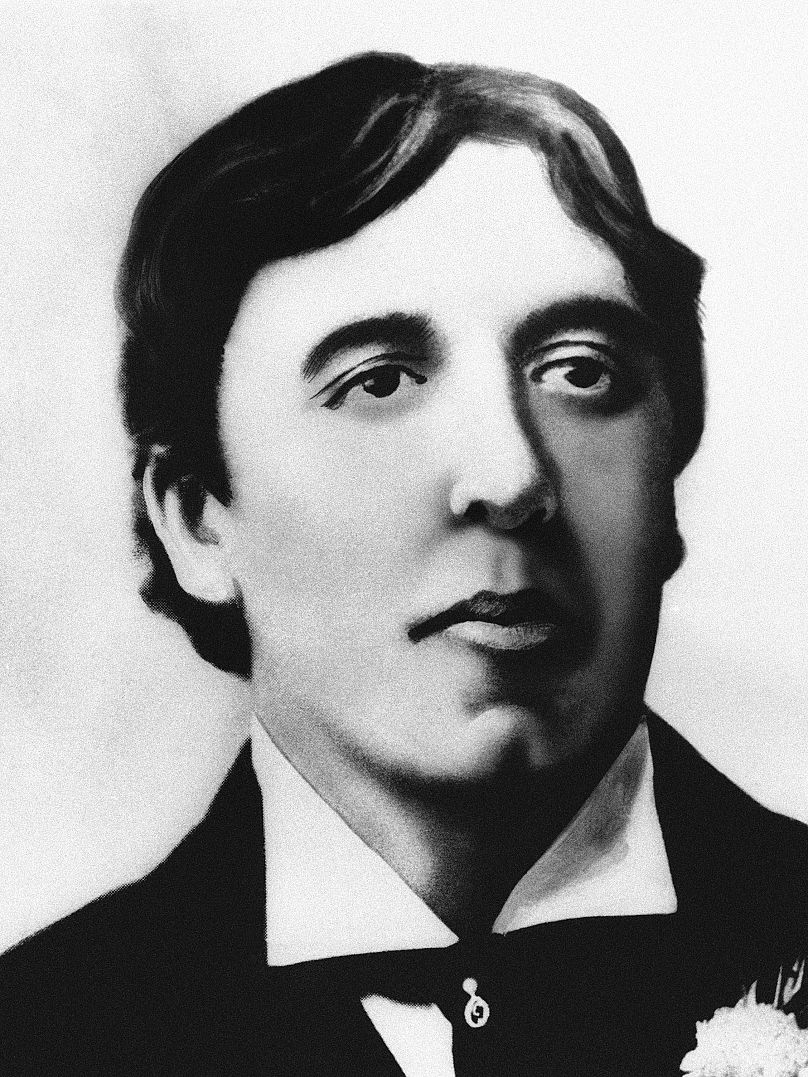Netflix has put a TV series adaptation of Oscar Wilde’s classic "The Picture of Dorian Gray" into development, but the announcement has already triggered criticism for its erasure of Wilde’s homoerotic themes.
‘The Grays’ is in development by Netflix from Berlanti Productions and Warner Bros. Television, with Katie Rose Rogers set to write the series. Putting a twist on Wilde’s 1890 novel, ‘The Grays’ has a contemporary setting in the modern beauty industry instead of the Victorian London setting.
Most controversially, the TV show will also reframe the lead protagonists Dorian Gray and Basil Hallward as siblings Doran and Basil Gray.
In the original novel, Basil is an artist who is infatuated with Dorian and creates a masterpiece portrait of him. When Dorian is influenced to embrace reckless hedonism, he finds he keeps his youthful looks forever as Basil’s portrait withers alongside his soul. Eventually, Dorian kills Basil in a fit of rage over the fate of the disfigured painting, before finally turning the knife on the painting too.
Fans have pointed out that to reframe the two main characters of Wilde’s novel as siblings removes a lot of the homoerotic themes from the original novel. In addition, the news as Deadline reported it has Dorian renamed as “Doran” potentially implying it’s a gender-swapped version of the character.
Removing the homoerotic content from "The Picture of Dorian Gray" is a significant decision to overlook some of the work’s crucial historical context. Wilde was a gay Irish writer in the 19th century who, alongside his many classic literary works, is famed for his conviction for gross indecency due to his homosexuality.
During the trials that lead to Wilde’s conviction, "The Picture of Dorian Gray" was read out as evidence of Wilde’s moral character. At the time, Wilde’s had sparked controversy for its homoerotic themes with WH Smith withdrawing all copies of the magazine that originally ran his novel.
The novel was first published in Lippincott's Monthly Magazine in 1890 before being published in full in 1891. In Wilde’s original submission to the magazine, 500 words were removed before Lippincott’s published.
J. M. Stoddart, the story’s editor, removed scenes including one in which Basil admitted he had never loved a woman and that he worshipped Dorian with a “romance of feeling”.
The full version with the removed sections of "The Picture of Dorian Gray" has since been published by Belknap Press in 2011.
Obviously, we don’t know what ‘The Grays’ will be like yet and it may include the themes that made Wilde’s novel so controversial in its day, alongside the beauty of his prose. However, with the reframing of the story around a set of siblings, it seems hard to imagine how the Netflix series will deliver in adapting a cornerstone work of queer literature.












